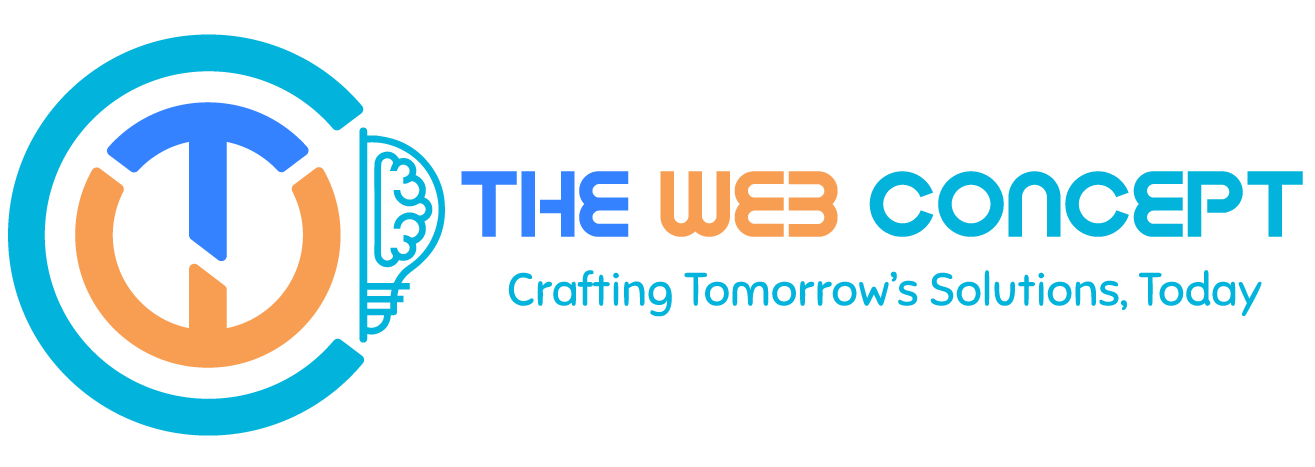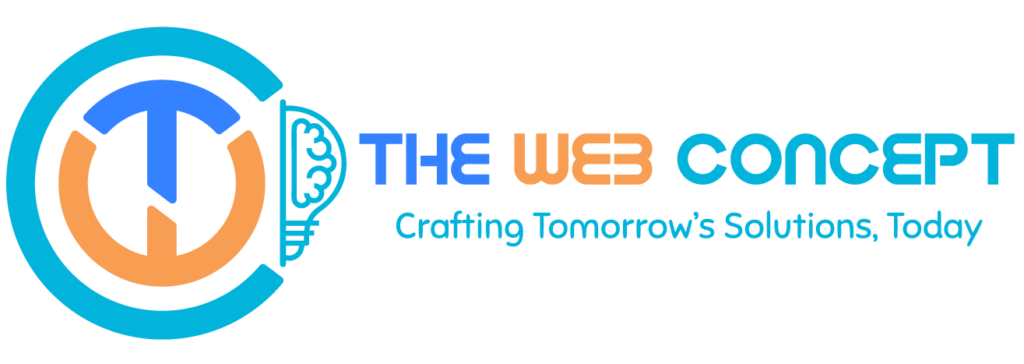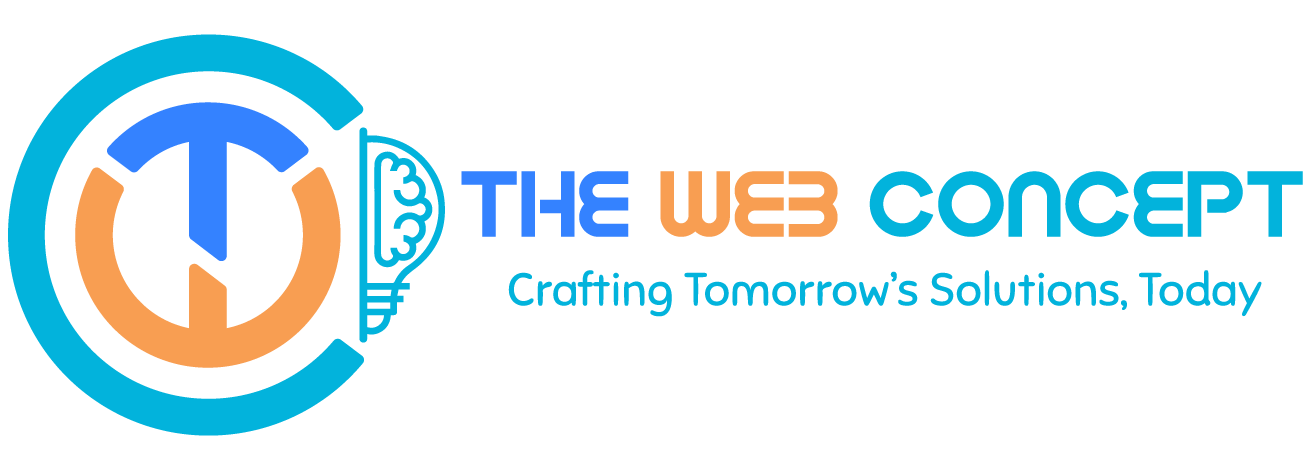Discover the eight distinct stages of the data lifecycle. See examples through a consumer assessment of sentiment effort and learn about the responsibilities engaged at each level.
At present, everything is considered “based on data.” Information is genuinely powerful for businesses, as seen by data-driven management, marketing, and commercial decisions.
Businesses must comprehend the phases that information goes through, known as the data lifecycle, to fully utilize data.
There are eight stages in the data lifecycle. Using a sample project that utilizes customer sentiment monitoring as a lens, we will describe each component, the individuals involved, and provide specific examples.
What is the Data Lifecycle?
From its production to its ultimate application in decision-making, data moves through eight stages, which are included in the data lifecycle. To ensure that data is properly managed, examined, and utilized, each step has specific procedures and stakeholders.
Organizations can improve their data handling procedures by having a thorough understanding of the data lifecycle. Better security, higher-quality data, and more intelligent business decisions result from this. Organizations may turn raw data into insights that can truly spur innovation by skillfully navigating these eight stages.
What are the 8 stages of the data lifecycle?
Each of the nine stages that make up an information lifecycle is essential to turning unprocessed data into insightful knowledge. Corporations can improve efficiency, accuracy, and security by streamlining the information they hold operations with the aid of an awareness of these aspects.
1. Data generation
The first step in the data lifecycle is data generation. In this initial step, data is compiled from several sources, such as:
- Customer interactions
- Business and financial transactions
- Social media activities
- Internet of Things (IoT) devices
Example consumer data sources for a retail organisation could include online shopping carts, point-of-sale (POS) systems, and feedback forms.
Who is involved in Data Generation?
Among the most common responsibilities of data generation are:
- Data engineers create and implement methods for collecting data.
- Members of the IT department: Construct and sustain the underlying technical framework for data production.
Company X example:
Customer engagement, such as likes, comments, and mentions on social media, generates data.
2. Data collection
Data collection, the second phase of the data lifecycle, entails the systematic acquisition of pertinent data from numerous sources, such as:
- Surveys and questionnaires
- Web scraping
- IoT sensors
- Application programming interfaces (APIs)
- Transaction records
- Social media monitoring
- Observations
Accurately aggregating the data required for analysis and reducing data loss are two of the most important goals of this step.
Who is involved in data collection?
Data collection usually entails the following primary responsibilities:
- Business stakeholders: Make sure that the information necessary for making decisions is being gathered.
- Data engineers: bring together disparate data sets and organise them into a single database.
Example of Corporation X:
Data gathering happens while the company gathers information from social media mentions using web scraping techniques and combines it with information about client purchases obtained through online stores.
3. Data processing
The third phase of a data lifecycle is processing the data. To get data ready for analysis, it includes the following steps are included:
- Data cleansing includes eliminating duplicate entries, fixing typos, and adding missing values.
- “Data transformation” is transforming data from its original, unstructured state into a more usable one.
- Data integration is the process of bringing together separate datasets from different sources.
- Simplifying datasets by removing unnecessary or redundant data is known as data reduction.
- Verifying that processed data is an accurate reflection of its origins and satisfies organisational standards is known as data validation.
Accuracy and consistency are ensured through these stages, which prepare the collected data for useful analysis.
Who is involved in data processing?
Data processing usually entails the following primary roles:
- Experts in data engineering should automate processing by creating ETL (Extract, Transform, Load) pipelines.
- For data scientists, the job description includes digging into raw data to find relevant sources and formats, which then guides pipeline development.
Example of Company X:
Processing happens when a company purges duplicate posts, comments, or reviews from several platforms from its social media data. It also entails standardizing date formats and fixing inconsistent hashtags or usernames.
4. Data storage
To guarantee that information will be available, protected, and backed up for later use, the fourth phase of the data cycle—information storage—is crucial. Configuring your archive strategy for privacy is the main focus of this step. Processed data is safely stored in:
- Databases
- Data warehouses
- Cloud storage solutions
- Data lakes
- On-location storage (e.g., physical servers)
This phase of the data lifecycle entails arranging data for effective retrieval and usage, as well as selecting the best storage option for your data protection requirements.
Who is involved in data storage?
Data storage usually entails the following primary functions:
- Database administrators: Manage data storage systems.
- Make sure there are backup procedures and data protection measures in place for IT personnel and security teams.
Case of Corporation X:
Data storage happens when a company employs cloud-based data warehouses to safely store social engagement data, such as comments, captions, and reactions. This facilitates scaling and makes analysis easily accessible.
5. Data management
The fifth phase of a data lifecycle is data management. It includes the continuous management of data through:
- Data governance: Creating guidelines, outlining responsibilities for users, and checking for conformity. Setting policies for data sharing between departments.
- Data quality management: Monitoring, cleaning, and validating data.
- Data security: carrying out security audits and putting access limits and encryption into place.
- Data access and retrieval: establishing and applying cataloguing and indexing strategies.
- Data integration: maintaining consistency and establishing a single view of the facts.
- Data archiving and deletion: storing or removing data that is rarely used or that is out of date.
These procedures guarantee that data stays correct, available, and compliant with legal obligations. Most significantly, it protects privacy while using data.
Who is involved in data management?
The following are the primary positions usually involved in data management:
- Data scientists: Better decision-making can be facilitated by making sure data is accurate, safe, and easily accessible.
- Security and database governance teams: Adopt data standards and policies. Keep your info private.
Sample of Company X:
Storage of data happens when a company implements procedures that guarantee client information from Facebook and Instagram is handled safely, is routinely cleaned and verified, and is archived from previous exchanges.
6. Data analysis
- Organisations can better understand what has transpired by using descriptive analytics, which summarises historical data.
- Analysing data to ascertain the cause of certain problems or occurrences is known as diagnostic analytics.
- Predictive analytics forecasts trends and future results by utilising machine learning (ML) and past data.
- Prescriptive analytics: Directs future activities by forecasting the best course of action to accomplish a particular objective.
This phase enables firms to make superior choices by gleaning valuable insights from data.
Who is involved in data analysis?
A data analyst, who manages a portion of this activity, is arguably the primary position involved in data analytics. Typically, a data scientist is involved in more complex duties related to analytics that are prescriptive and predictive. In order to ask questions and share information about the objectives of the organization, business stakeholders will also be involved in data analysis procedures. Additional positions commonly associated with data analysis include:
- Data analysts: Perform the majority of data analysis tasks. They would use a data scientist for more intricate machine learning jobs.
- Data scientists: By making sure data is safe, reliable, and easily accessible and by doing sophisticated data tasks like predictive and prescriptive analytics, you can help people make better decisions.
- Database governance teams: Implement policies and data standards.
Sample of Company X:
Data mining happens when a company analyzes opinions on social media platforms and finds recurring themes in customer reviews using natural language processing (NLP) tools. As a result, company X can develop marketing efforts that are more precisely targeted.
7. Data visualization
Visualizing information is the final phase of the data flow. To successfully communicate data insights, data must be represented effectively. At this point, visuals such as this help make complex data easier to interpret.
- Charts and graphs
- Interactive and real-time dashboards
- Geospatial maps (e.g., heat and choropleth)
- sophisticated methods such as tree maps, histograms, and scatter plots
This step enables the organization’s constituents to make informed decisions by making data digestible through visualizing it.
Note: While data visualization appears as stage 7 in the lifecycle, analysts, data scientists, and data engineers often use a variety of charts during exploration—and sometimes even earlier.
Who is involved in data visualization?
Typically, data visualisation involves the following key roles:
- Data scientists: Create complex visualisations that accurately portray trends and insights while illuminating analytical models and results.
- Business analysts: Present findings to stakeholders in an intelligible manner by using visualisations.
Sample of Company X:
When a company develops interactive dashboards that display metrics such as social shares, comments, and follower growth over time, as well as heat maps that display regional social engagement levels across several places, data presentation takes place.
8. Data interpretation
The last phase of the data lifetime is the analysis of information. At this point, well-informed business decisions are made using the data that has been examined and visualized. The following are the main tasks at this stage:
- Looking over charts, graphs, and dashboards to find important insights.
- Interpreting analytical findings and formulating conclusions to describe how well a firm is performing.
- Recommending courses of action in light of data insights and offering tactical advice on consumer engagement, product development, and marketing.
- Presenting results and communicating the importance of data insights through storytelling tactics.
This phase is crucial to an association’s data usage procedures because it guarantees that insights from data analysis and visualization are used efficiently to inform strategic choices and enhance organizational results.
Who is involved in data interpretation?
Typically, the following are the primary tasks in data interpretation:
- Business analysts: Present findings in an intelligible manner to stakeholders by using visualisations.
- Executives as well as stakeholders: Use statistics to inform your tactical judgements.
Case of Company X:
Business executives use the visible social networking data to improve customer happiness and outreach tactics, which is known as interpreting the information. They accomplish this by concentrating on regions where customers have a bad opinion.
Why is the data lifecycle helpful?
Organisations must comprehend the data lifecycle and the data lifecycle management (DLM) process for a number of objectives.
Efficient data management:
Database is treated correctly at every stage of the data lifecycle, which lowers errors and improves data quality for businesses. Systematic data collection, storage, and upkeep are made possible by an organised procedure, which lowers errors and inconsistencies and safeguards private information.
Improved decision-making:
Structured data techniques yield more reliable insights. Following a defined lifecycle allows organisations to trust and use relevant and reliable data, which is crucial for making well-informed strategic decisions.
Improved decision-making:
Structured data techniques yield more reliable insights. Following a defined lifecycle allows organisations to trust and use relevant and reliable data, which is crucial for making well-informed strategic decisions.












